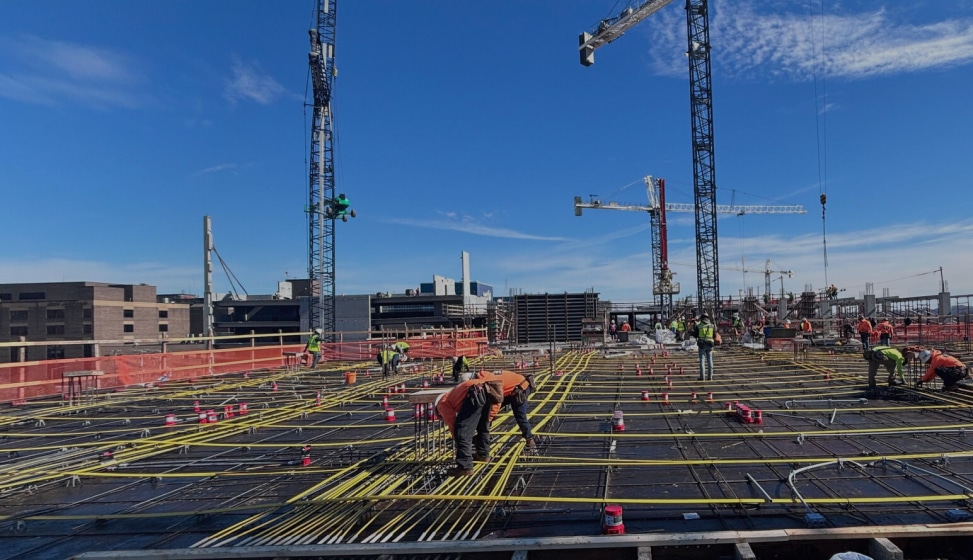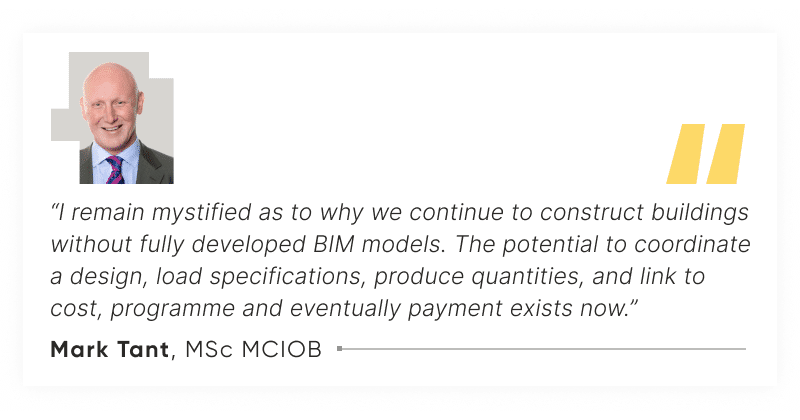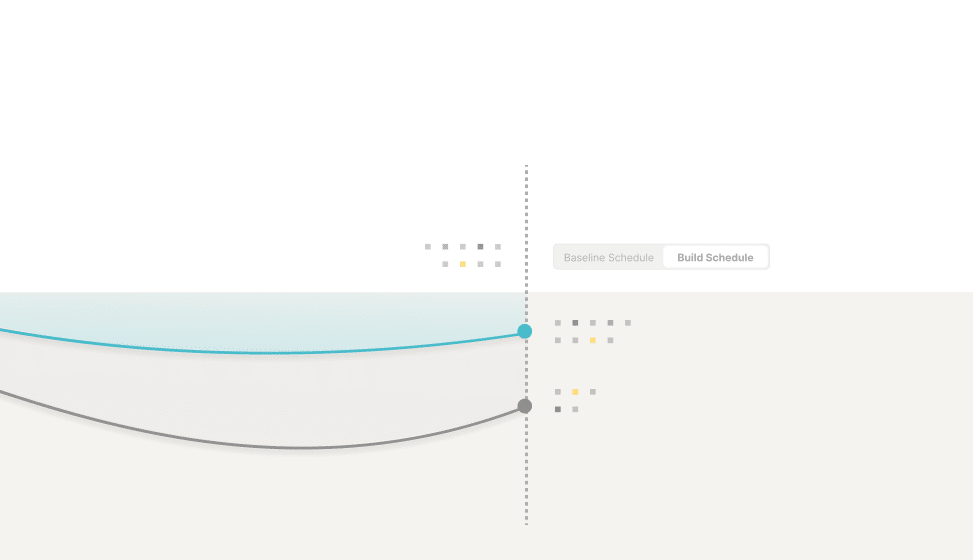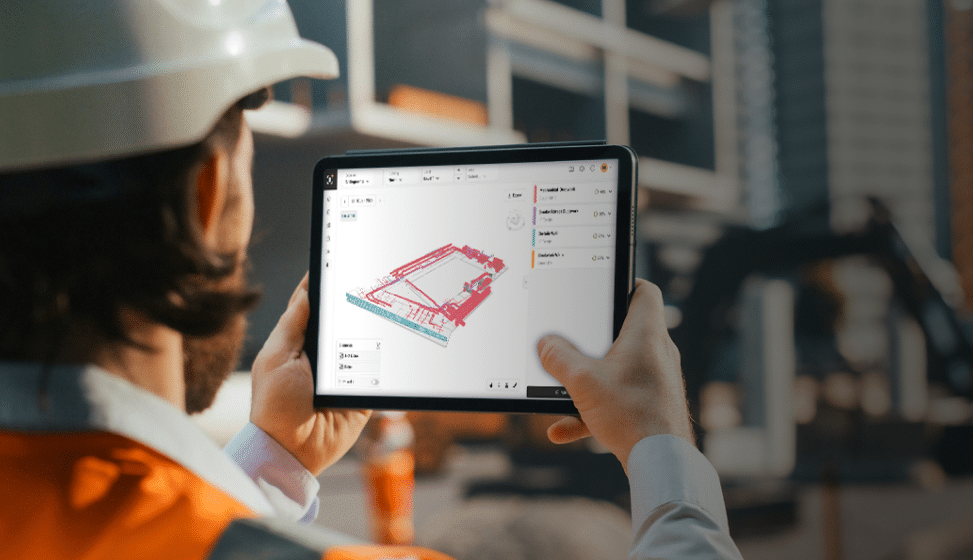Setting up for success: Are you ready to embrace construction technology?

Following the publication of his whitepaper in 2024, Mark Tant identified the use of technology and data as a critical factor in the success of projects. In this blog, he looks at the current level of adoption in the industry, and the impact on productivity.
From financial services to manufacturing and beyond, industries are embracing cutting-edge technology to supercharge efficiency and output. Yet construction continues to be a slow adopter of technology, and a laggard in terms of productivity – two factors which, in my view, are inextricably linked.
It’s over 30 years since Computer Aided Design (CAD) entered our world, and planning platforms have a similar longevity. Yet, we still struggle with poorly coordinated projects and frequent delays. Despite advancements, resistance to change – often justified by cost-saving measures and entrenched industry habits – continues to hold us back. And so, construction continues to become increasingly unpredictable and less profitable. Meanwhile, construction technology is developing exponentially, and the potential to significantly improve quality, safety and productivity grows with it. In my paper, I referred to the Building Safety Act as being a driver of good practice, and whilst there are teething issues in projects proceeding through the Regulator, the principle of better coordinated more advanced design, cannot be argued.

I remain mystified as to why we continue to construct buildings without fully developed BIM models. The potential to coordinate a design, load specifications, produce quantities, and link to cost, programme and eventually payment exists now. But we continue to believe several damaging myths:
- Best value is delivered through a partially developed design
- Cost is best determined by asking four or five contractors to consult with a further four or five trade contractors in each discipline.
- The programme is determined by whoever gives the shortest period.
I could go on. But the damage caused by all this is clear – 80% of projects delivered over budget and over time, and onsite productivity remains less than 50%. When you add the rising number of construction insolvencies, declining workforce, and falling profitability, there is no case for maintaining the current status quo. Mark Farmer challenged us to Modernise or Die over eight years ago. We need to heed his warning before it is too late.
So, what might a more technologically advanced industry look like? Here are just a few examples. Design would be fully developed, coordinated and modelled in BIM. Cost would be informed by current market prices against the quantities involved, which would similarly be used to inform the output rates in programmes. Contractors would focus resources on securing the level of competence and capability in the market utilising DfMA as baseline principle. Assembly on site would be streamlined and predictable, with higher safety, quality and certainty.
And crucially, we’d rely on accurate, granular, up-to-date data to make smarter decisions. This applies throughout the project lifecycle. It starts from using predictive analytics to validate cost and programme before projects start to mitigating delays and allocating labour resources smartly during builds and even using past data from completed projects to inform future designs and schedules.
Is this just a pipedream? I don’t believe so. I now have the privilege of working with construction technology businesses such as Buildots. The tech to enable us to do better already exists. Are you ready for it?
Download Mark’s original whitepaper, “Eight principles to set construction projects up for success,” here.



